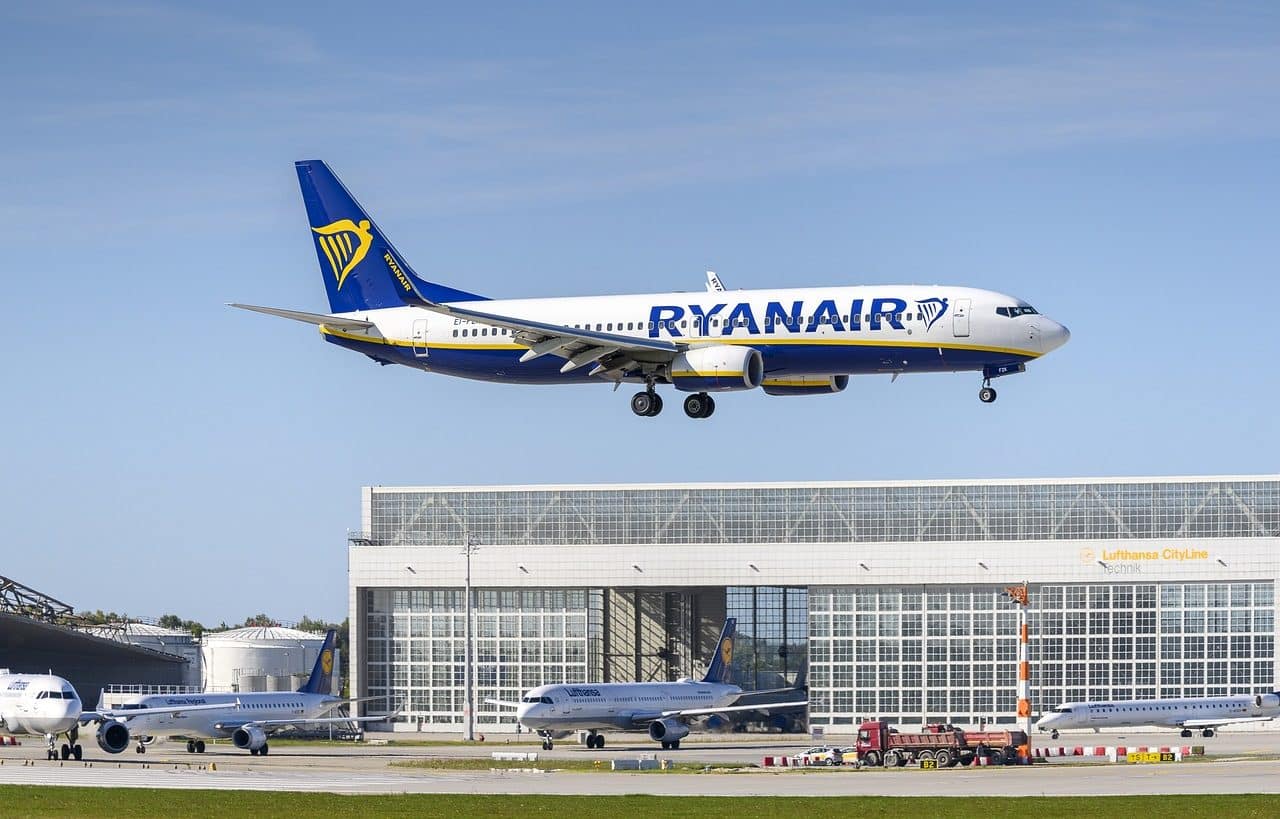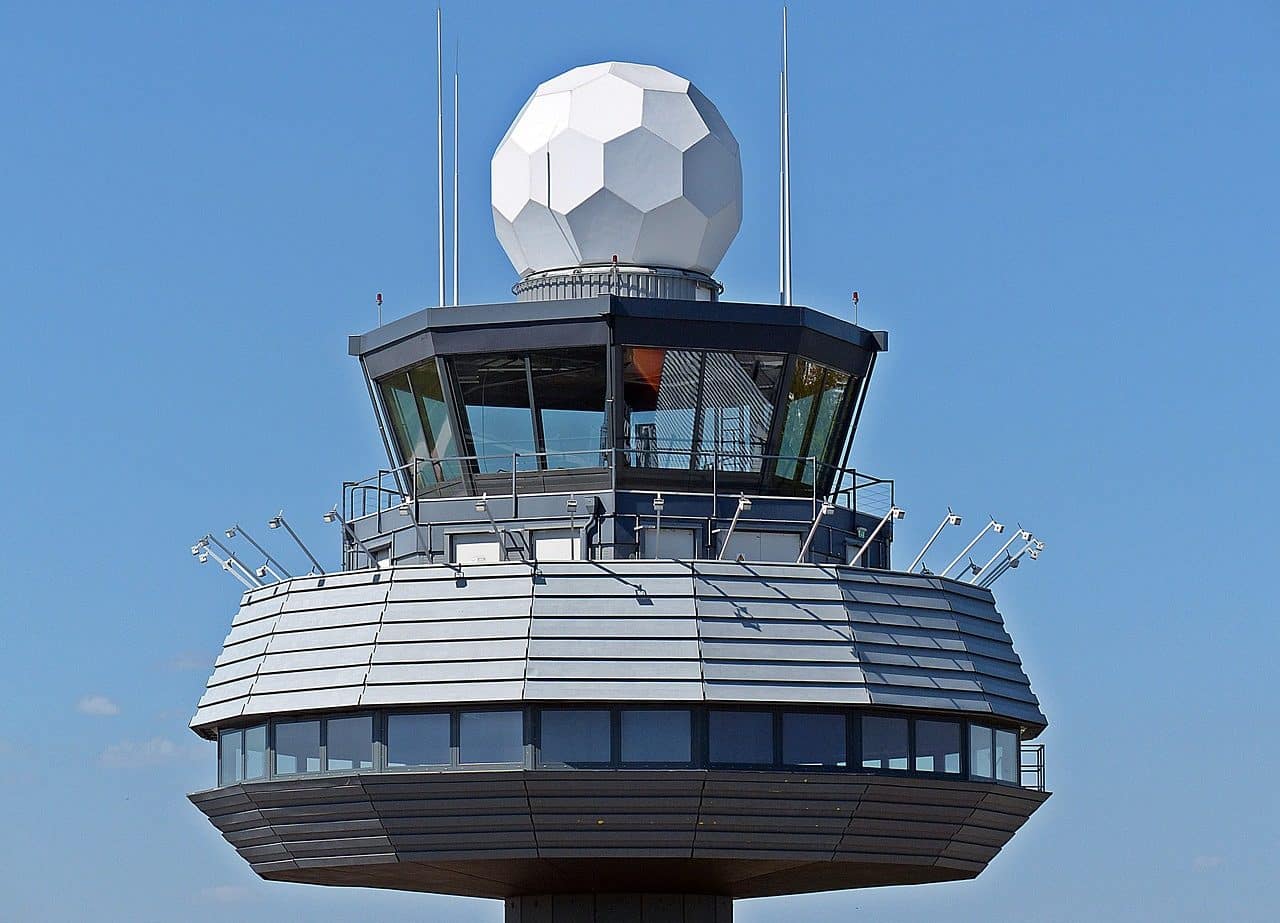
The notion of air traffic refers to the management of the movement of aircraft.
Air traffic is a concept that refers to the set of rules , systems and processes that, regulated by various international organizations, enable the development of flights that allow travel from one destination to another throughout the world.
It should be noted that traffic is the movement of human beings, means of transport or products along some type of road or path. Aerial , for its part, is that linked to the air (the gaseous layers that surround planet Earth).
Air traffic rules
Just as there are traffic rules and signs that regulate the traffic of cars, motorcycles, vans, trucks and other vehicles on the roads ( routes ), air traffic is also subject to different rules . While the control of each road depends on the city or country in which it is located, air traffic is organized at an international level, given its particular characteristics.
It must be taken into account that every day more than 18,000 planes leave and arrive at one of the more than 40,000 airports that exist in the world . The efficient management of these flights is essential to avoid accidents and to guarantee that planes can take off and land at the scheduled times.

The airport control tower is key in air traffic.
ICAO
The International Civil Aviation Organization ( ICAO ) is the body of the United Nations ( UN ) that manages the development of civil aviation by establishing regulations and standards. The so-called Air Traffic Control is a service shared by all the countries that make up the ICAO to control air traffic.
To guarantee the order, efficiency and safety of the thousands of flights carried out daily, the air traffic controller has the option of giving specific orders to pilots, or advising them in situations that contemplate several alternatives, all this taking into account the class of airspace and flight. It should be noted that, in any case, the highest authority for driving an aircraft is none other than the pilot himself , and that is why he is the one who has the last word in the middle of an emergency , as long as his decisions seem the most appropriate. for everyone's safety.
The concept of airspace refers to the portion of the atmosphere that each country regulates, both over water and over land, and four different types are recognized: special use; controlled; uncontrolled; others. The definition of each airspace is linked to the movement of aircraft that takes place in its area, the level of security required and the objective of the operations carried out.
The airspace is divided into flight information regions , and the acronym used to represent them is FIR . Each country has an area of responsibility , which includes the regions for which it must be responsible. In order for international waters (also called the high seas , these are those areas of the ocean that are not exclusive to any State) to have their own information service, some of the areas exceed the limits of territorial waters.
air traffic controller
One of the most important positions within the air traffic area is that of controller . There are various types of roles under this same name, such as the following:
- Authorizations : responsible for authorizing flight plans for ships that are about to depart.
- Ground : must guide the aircraft on land, along all the runways , gates and platforms of the airport through which they must transit.
- Tower : its function includes the control of weather and any phenomenon that may affect the landing or takeoff of an aircraft, such as work that takes place on the runway or flocks of birds that may interfere with a given route.
